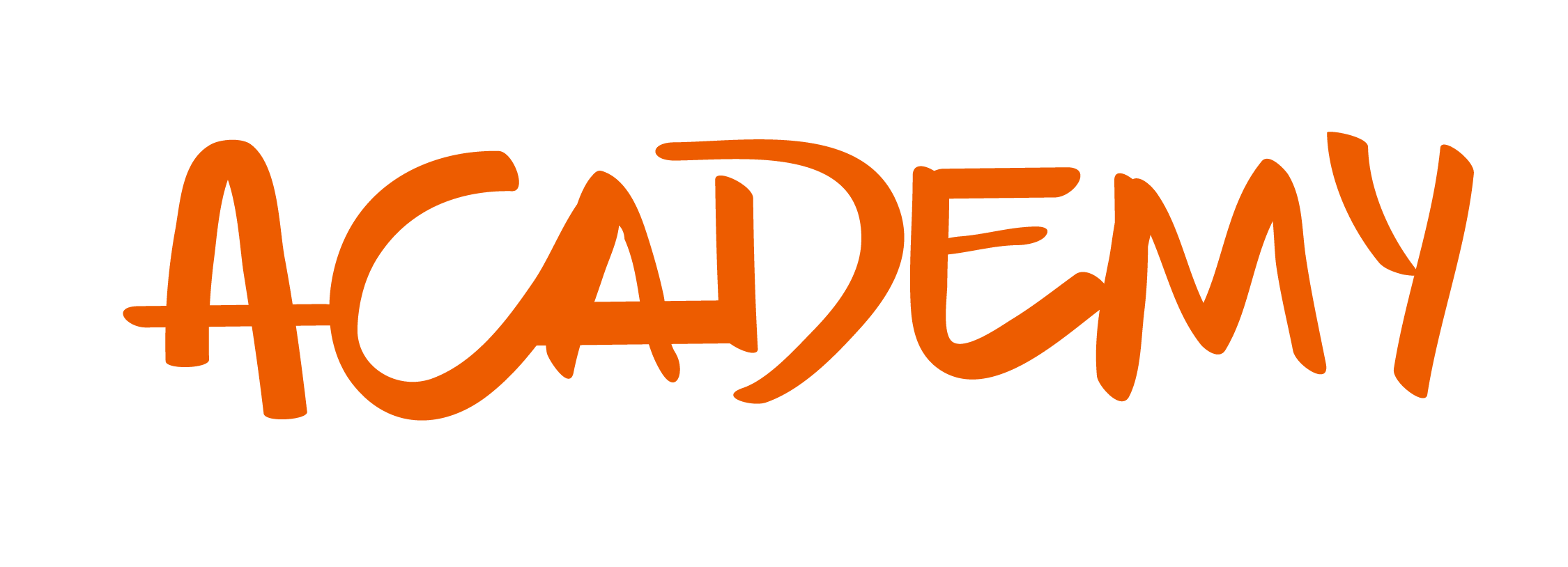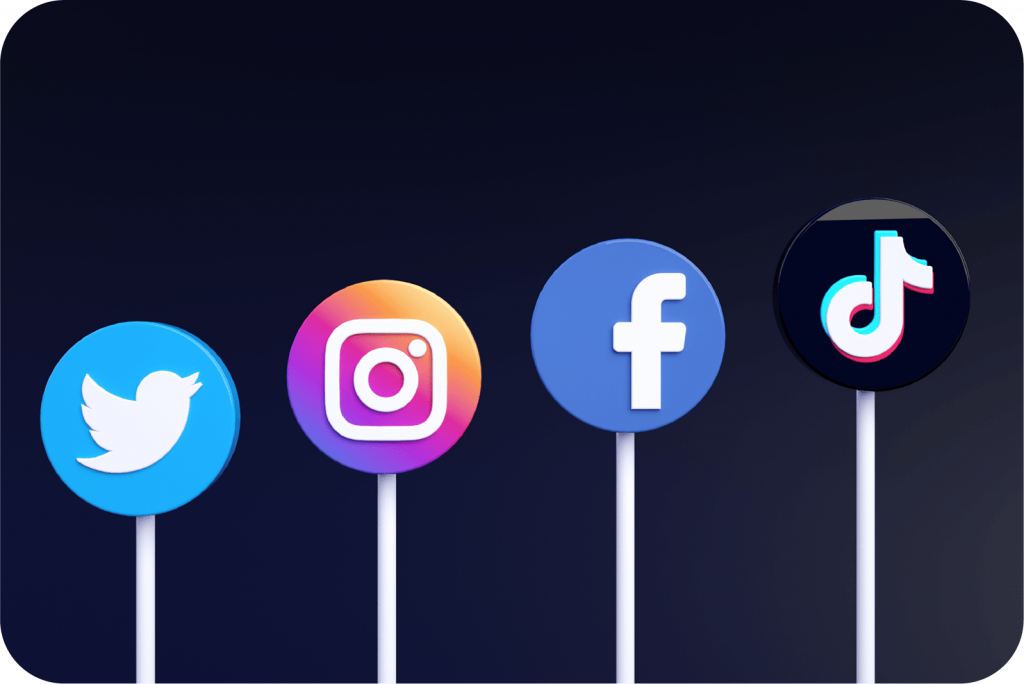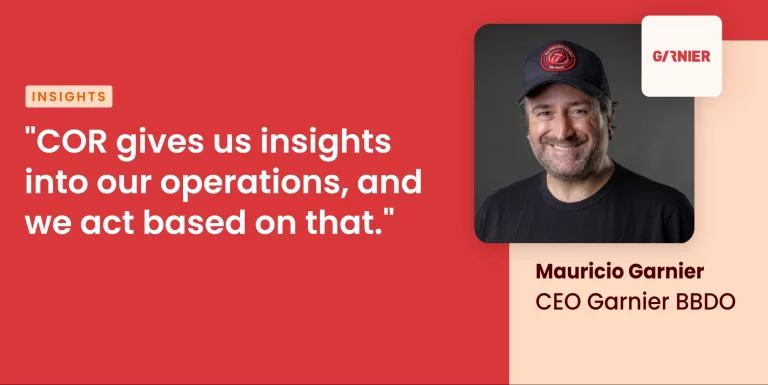Facebook’s reign ended a long time ago. People now are consuming content from Tik Tok and Instagram.
Mark Zuckerberg’s first social network seems now like a ghost or an antique. Scarred by the endless amount of past scandals and troubled by the decline in usage among teens and millennials, Meta has now tried to recreate its flatlining social network on Instagram, its younger, cooler, money-making, and still relatively scandal-free brother.
For years now, Instagram has been growing at a steady pace as people tend to gravitate toward its simpler, selective focus over Facebook’s maximalist share all share everything platform that mixes in a flurry of life updates, articles, and birthday notifications. Instagram is a single, cohesive stream of photos and videos.
Since its acquisition by Facebook in 2012, Instagram has been steadily porting over facebook features: video, tagging, albums, advertising, and private messaging. With stories, it has cloned ephemeral photo and video sharing from its primary competitor Snapchat and has whipped it from the map for good.
Instagram has improved on new features it took from Snapchat. Over the years it has added a lot of other features too. Among them, there is a feed ranked by personalization algorithms rather than by chronology, live streaming, the ability to post photo galleries, and a new app design and logo.
Instagram is now substantially changing the daily experience of using the service at a speed that would ordinarily feel reckless for a network of its size. But rather than alienating existing users, its confident moves seem to be paying off.
The app’s growth is exploding. It has reached 1 billion monthly active users, 200 million more than the year before that. Facebook’s and Whatsapp’s user bases may be much larger, but Instagram still outperforms them on one key metric – growth. Soon, Instagram will account for the majority of Facebook’s new advertising revenue.
The Instagram app though has triggered an echo – it feels like Facebook. More precisely it feels the way Facebook did from 2009 to 2012 when it silently crossed over from one of those tech things that some people sometimes did to one of those tech things that everyone you know does every day.
Instagram’s future then is brighter than Facebook’s. You may have a hypothesis of your own, but we think there are nine reasons why we believe that Instagram has won this battle.
1. Instagram is more mobile Friendly
Given that it has been a mobile-only app for many years, and its narrower array of content types, it’s no surprise that Instagram is a better mobile experience than Facebook. Facebook has come a long, long way in this regard, but Instagram is made for a phone experience, period. With almost 80 percent of social content being consumed in a mobile environment, that structural advantage is significant.
2. Better stories integration
Again and again, this is no shocker at all since Instagram is where Zuckerberg and friends first incorporated the stories function which was “inspired” by Snapchat. Facebook has its own stories, but the interface tie between Facebook News Feed and Facebook Stories is murky and tenuous, at this point. Instagram stories are also far more popular than the Snapchat version.
3. Instagram is trending among young people
The Infinite Dial Study from Edison showed that among young people from 12 to 34 the usage of Facebook declined sharply between 2017 and 2018, with increases in Instagram and Snapchat usage.
Since the data was released, Snapchat has had its own problems with user growth and loyalty, driven by an endlessly changing interface, and a $1.3 billion dollar drop in valuation linked to a tweet from Kylie Jenner. Consequently, Instagram will continue to win over youthfully social media users, who are of course the future core of any social network.
4. Instagram is more commerce Friendly
Direct commerce on Facebook has been tried several times, with only modest success.
But commerce on Instagram is woven so tightly into the experience, that it feels like a very natural extension. I’ve personally bought a bunch of stuff on Instagram, and the sophistication of the targeting algorithm is very strong.
And the experience is going to get even better, for users and for advertisers. Instagram announced that they are rolling out in-app payments, meaning that you can buy from the photo directly, without having to leave Instagram to visit a website. This is going to transform Instagram into a commerce powerhouse for products.
5. Instagram’s a better place for Brands
From a marketing standpoint, the constant changes to Facebook’s display algorithm for News Feed make it increasingly difficult to try to gain organic reach for company posts. In comparison, while Instagram makes changes, to be sure, there are less draconian, and the brand/ user coexistence on Instagram is genuinely a pleasure to encounter on Instagram. Not sure that’s often the case with brands on Facebook.
6. Instagram has a better discovery ratio
Due to the heavy emphasis on hashtags from the beginning, and the widespread use of life to 20 of them in posts, it’s easier to discover content that you like on Instagram. Because of the ability to get content found on the platform, publishers have flooded the hashtag system and gamed the system. As a result, the Instagram explore tab has declined in quality recently.
7. Instagram is a more positive place
I’m not suggesting there aren’t trolls and misanthropes on Instagram because there are quite a few. But in comparison to Facebook, where even the banalest of posts seem to devolve into some sort of politics-laden, us versus them food fight, the discourse on Instagram feels more consistently positive and uplifting.
Of course, positivity alone isn’t enough for Instagram to overtake Facebook in usage. But social media is supposed to be fun. It’s supposed to be an escape. It’s not supposed to be the place where you confront your demons, or accusers, in most instances.
Now, whether or not all the perfect photos on Instagram make you feel better or worse about yourself is a matter of quite a bit of academic study right now.
8. Instagram has messaging built-in
Facebook Messenger is an unqualified hit. Instagram chat/messaging can do the same as Facebook Messenger can do, including the possibility to do video chat and more, and it’s way more comfortable due to being all in the same app.
9. Instagram has opened to developers
As Facebook grows more cautious about the developer ecosystem and data usage due to the Cambridge Analytical scandal and similar transgressions, it’s simultaneously embracing more developer engagement over at Instagram.
This duality is fascinating and indicates that Facebook continues to be quite serious about keeping Instagram as a totally freestanding community.
Instagram has allowed its users to share stories of their day-to-day activities, it has enabled users to use camera effects and stickers, and the possibility to share content from other apps such as Spotify to its streamline. Facebook adapted to these changes but it has lost its freshness and that is why nowadays people choose Instagram.
Who uses Facebook now?
The thought that Facebook may slowly be dying is an inevitable circumstance, with figures showing more and more people with deleted or inactive Facebook accounts. In addition to the platform desperately attempting to re-engage users and striving to appeal to the younger generations as the new possible user inclusions. Meanwhile, the incoming news looks quite scrutinizing towards Facebook and Mark Zuckerberg, which makes us have a hard time contradicting the rumors and accepting that the social networking platform will last.
However, the networking channel is actually slowly going back on trend via its efforts heading into 2023. Regardless of its changed user demographics. Especially with the Facebook company group, the core platform, Facebook Messenger, Instagram, and Whatsapp, and their 3.1 billion monthly internet users.
So, no! The answer to the question at hand is that Facebook is far from extinct. But the question that may be asked next would be: who are the users keeping the free social media platforms life going and do people even use Facebook anymore?
There are people still using Facebook with a staggering 2.85 billion monthly active users. Facebook is still the biggest social networking channel among all other social media platforms. Including YouTube with 2.3 billion, Instagram; with 1,3 billion, Tik Tok; with 689 million, Snapchat; with 528 million, Pinterest; 459 million, Reddit; with 430 million and Twitter with 396 million users.
Moreover, the number of users has drastically increased post the Covid 19 Pandemic. At the end of December 2019, there was 2.49 billion MAU. By December 2020, 2,79 billion users; in the first quarter of 2021, an additional 60M Facebook Users to this Social Media Giants network of people. An addition and a statistic that is hard to ignore.
So, in regards to the idea of whether or not people are still using Facebook, we can definitely say YES! However, the active user demographic is way lower since its launch of it.
To add things up, it’s still worth investing your money in. Especially, if you wish to be part of the current 9 million advertising businesses, save the potential reach of 1.9 billion users for ads, and reach 32% of the global population, you must invest your money in Facebook. Furthermore, you should bear in mind that the people who still use Facebook are among a vast demographic that could be highly advantageous for your online marketing strategies and hard to overlook.
Is Instagram losing users?
We’ve been talking about why Instagram has replaced Facebook as the most used social network, but many are looking at Instagram as a world that’s spiraling downwards and it’s all thanks to the increasing amount of sponsored content, among various themes we’ll be discussing.
The app was once a favorite for so many while others even went as far as calling it the ideal waiting room application. But then, all of a sudden we hear about ads, ads, and more ads.
We understand the app has to make money somehow but it’s gone to the point it appears ridiculous. It makes sense as to why so many people are now throwing their hands in the air and saying they’ve certainly had enough. Yes, the patience and tolerance levels are certainly different but we feel the theme is common for many users.
Does Instagram really care about this? Not really. It is designed in a way the user feels lost and spends lots of time just scrolling through the app. It has become an issue of mental health among people all over the world in finding a limit to Instagram and social media.
To sum up, we can yes that everything recycles in life, like fashion, and the same will happen with Instagram. Some other social media app will probably take its place.
Some closing highlights:
- Facebook can’t keep up as users under 25 continue to leave the platform – or never adopt to it at all. Less than 15% of US Facebook users will be under 25 next year.
- Young users are opting for other socials, like Tik Tok and Snapchat, and don’t see the need for Facebook, which skews older. With that said, people under 25 are still entering the Meta ecosystem via Instagram.
- Instagram user growth is decelerating, but unlike its sister app, change is still positive and will probably be through at least to 2026.
- Instagram is also getting older. Its share of users under 25 is falling down, down from 30, 4% last year to 29, 6% this year and 26,7% by 2026.
- In contrast, about 44% of Tik Tok base will be younger than 25 this year. While Instagram has tried to mimic the video app’s format, Met’s app clearly lacks a certain cool factor among Gen Z.
What is TikTok?
TikTok was, by a landslide, the most popular app of 2021. With 656 million downloads last year alone (over 100 million more than Instagram), the viral video platform solidified its place in the Gen Z zeitgeist.
The app, owned by Beijing-based ByteDance Ltd., has come a long way since its launch in 2017.
What started as a platform for mainly lip-syncing and dance videos has evolved into a home for diverse content suited to every type of viewer (although there’s still plenty of dancing and lip-syncing, too).
That means, no matter what your brand’s niche, if you’re targeting Gen Z, TikTok is a great place to start.
Tik Tok Main Content Formats
1. In Feed Posts
When you open TikTok, the first thing you see is the For You Page — an endless feed of algorithmically-curated videos featuring posts from creators big and small. It’s the primary way users discover new content on the app.
Tik Tok algorithm populates users’ “For You Pages” with videos curated just for them based on the content they’ve interacted with in the past, who they follow, their current location, and more. All of those videos are also visible on each creator’s dedicated profile, but the way you get to those profiles is typical via the “For You Page”.
2. Tik Tok Live
Heavily edited videos don’t perform nearly as well as authentic, relatable content on TikTok. And what’s more authentic than speaking to your audience live?
Over the past year, the number of users interacting with and hosting TikTok LIVE videos has doubled. To sustain that growth, the company continues to release new tools for:
- Scheduling and promoting Live events.
- Giving away gifts during Live events.
- Accepting and answering viewers’ questions.
- Hosting events with other brands and creators.
3. Who uses Tik Tok?
TikTok is a young person’s playground. While there are plenty of millennials on the app, most of its users are Gen Z, making it the perfect platform for brands with products and services designed for people 24 years old and younger.
4. Why try Tik Tok?
According to a study from TikTok, 92% of users say they take action after watching a TikTok video such as sharing, following, or commenting, and 25% of all Gen Z users say TikTok videos have led them to purchase or research a product.
If you’re not on the platform, you could be missing out on a lucrative tool for both building brand awareness and driving revenue.
The beauty of TikTok is that whatever your niche, there’s an audience for it on the app.
Will Tik Tok become the new Instagram?
Not yet, but it’s definitely a worthy challenger.
Instagram still has the upper hand, but they are losing some steam and users to TikTok. Right now, TikTok is not superior to Instagram and Instagram also still has more users, but since the young Gen Z is TikTok’s main audience, Instagram is worrying about losing some of them to TikTok.
Both platforms will coexist for the next years, but as new generations emerge and young users come to choose their social media platform of choice, more and more will spend the majority of their time on TikTok. This is what happened with Facebook and Instagram as well. Facebook is old and targets an older audience. Instagram emerged as the platform of choice for millennials and now Facebook is barely relevant for young audiences anymore.
What role does Twitter play nowadays?
Twitter is a free social networking site where users broadcast short posts known as tweets. These tweets contain text, videos, photos, or links. To access Twitter, users need an internet connection or smartphone to use the app or website.
It’s kind of a microblogging service a combination of blogging and instant messaging for registered users to post, share, like, and reply to tweets with short messages. Non-registered users can only read tweets
People use Twitter to get the latest updates and promotions from brands; communicate with friends; and follow business leaders, politicians, and celebrities. They also use it to stay current on news and events.
Twitter is used to share information quickly. Tweets can be delivered to followers in real time, they might seem like instant messages to the novice user. Unlike IMs that disappear when the user closes the application, tweets are also posted on the Twitter website. They are permanent, searchable, and public. There is also an option to protect tweets so only followers can read tweets.
Conclusion
There’s a lifecycle in everything, even in social media. Nowadays, Facebook has become a secondary option to people using these kinds of apps. Instagram is in the first place, where both millennial and Gen Z audiences find themselves comfortable and seek the content of their taste.
Although Facebook users are still there, Instagram is hip and its display is way more attractive and up-to-date, always incorporating ideas from its competitors such as Tik Tok (reels) and Snapchat (stories).
Despite Tik Tok having more downloads than Instagram in 2022, we’ll have to wait if Tik Tok beats Instagram, but personally, I don’t think it will happen, both apps are used for different things. It’s always intriguing how younger audiences will come to settle in the world of the social network. Well just have to wait for time to tell us.














